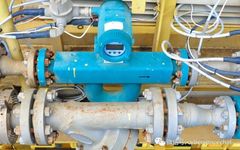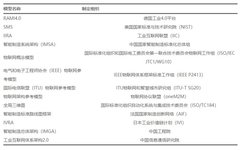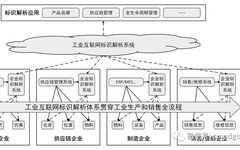Sensor Network Security: A Vulnerability Worse Than Log4j
Recently, Ankit Suthar, an ICS/OT network security expert, published an article titled “Are Your Smart Instruments Secure?” stating that over 3,000 smart instruments in a petrochemical facility were found to have no passwords set, even by default. Joe Weiss, a renowned automation expert and control system cybersecurity specialist, and managing partner of Applied Control Solutions, … Read more








